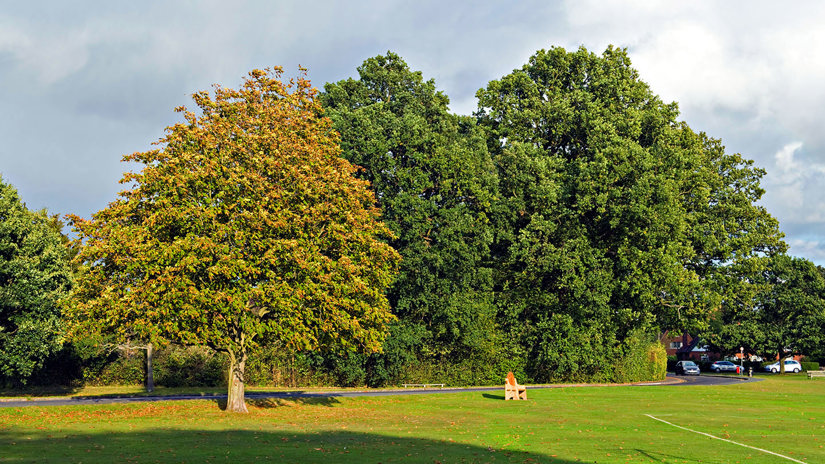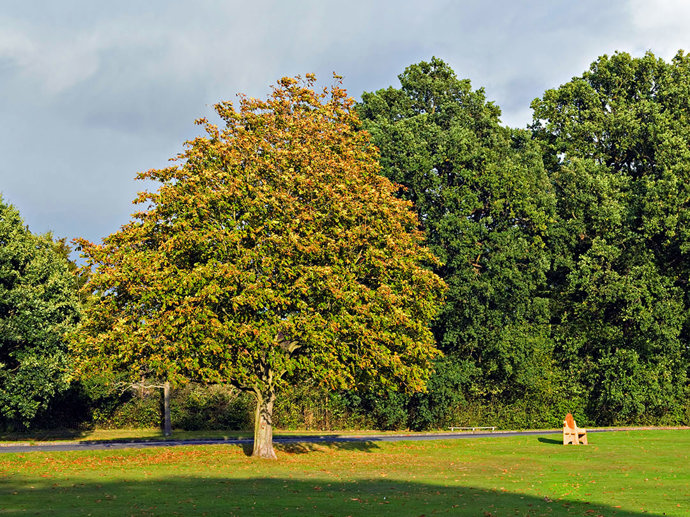Common name: pine processionary moth
Scientific name: Thaumetopoea pityocampa
What does it affect?: pine trees
Areas affected so far: not present in the UK
Origin: North Africa, southern Europe and the Middle East
Feeding on the needles of pine trees, the pine processionary moth is seriously destructive. They can rapidly strip trees of their needles in forests in Asia, Africa and southern Europe, leaving them vulnerable. Now, there are fears it’s heading north to the UK.

Common name: pine processionary moth
Scientific name: Thaumetopoea pityocampa
What does it affect?: pine trees
Areas affected so far: not present in the UK
Origin: North Africa, southern Europe and the Middle East
Symptoms include:

Credit: Dave Watts / naturepl.com
Adult moths have cream forewings with brown markings, white hindwings and a wingspan of 31–45 mm. The adults are difficult to distinguish from other species of moth.
The adults emerge from soil where they pupate and fly in the summer, no further than 1.7km. They live for only one to two days, during which time they mate and lay their eggs on pine needles. Females lay batches of 70–300 eggs. The eggs hatch in the autumn after 30–45 days and the emerging caterpillars feed on the needles of the trees. They then overwinter in their tent-like nests high in pine trees, and form processions on the ground in early spring before pupating in the soil until late summer, when they emerge as adult moths.
It is not currently thought to be present in the UK but is widespread throughout Europe. This pest has been expanding its range north through France since the 1990s, and is now breeding near Paris, so is getting closer to the UK.

Credit: Dave Watts / Nature Picture Library
The pine processionary moth has not reached the UK. The main risk of spread is during pupation as this occurs hidden in the soil and so is not obvious. Pupae may be present in the soil all year round as this stage can remain dormant and extend to two or three years, sometimes even longer. Worryingly, inspection is unlikely to detect pupae in the soil.
The main risk of spreading comes from imported plants. There could even be a risk of natural spread to the UK, since adult moths fly. Female adults can fly on average 1.5km in their lives, but the risk is still low compared to plant imports.
This pest has the potential to reduced productivity of trees due to defoliation of the needles. It also weakens the tree which means it is more susceptible to other pests and diseases. Importantly these caterpillars also pose a significant threat to human health; they have toxic hairs, which can cause itching skin rashes, eye and throat irritation and breathing problems.
To combat the spread of pests and diseases like the pine processionary moth, the Woodland Trust has:


We are fighting back against pests and diseases. Find out what we're doing to prevent the spread and protect the UK’s trees.
More pests and diseases: